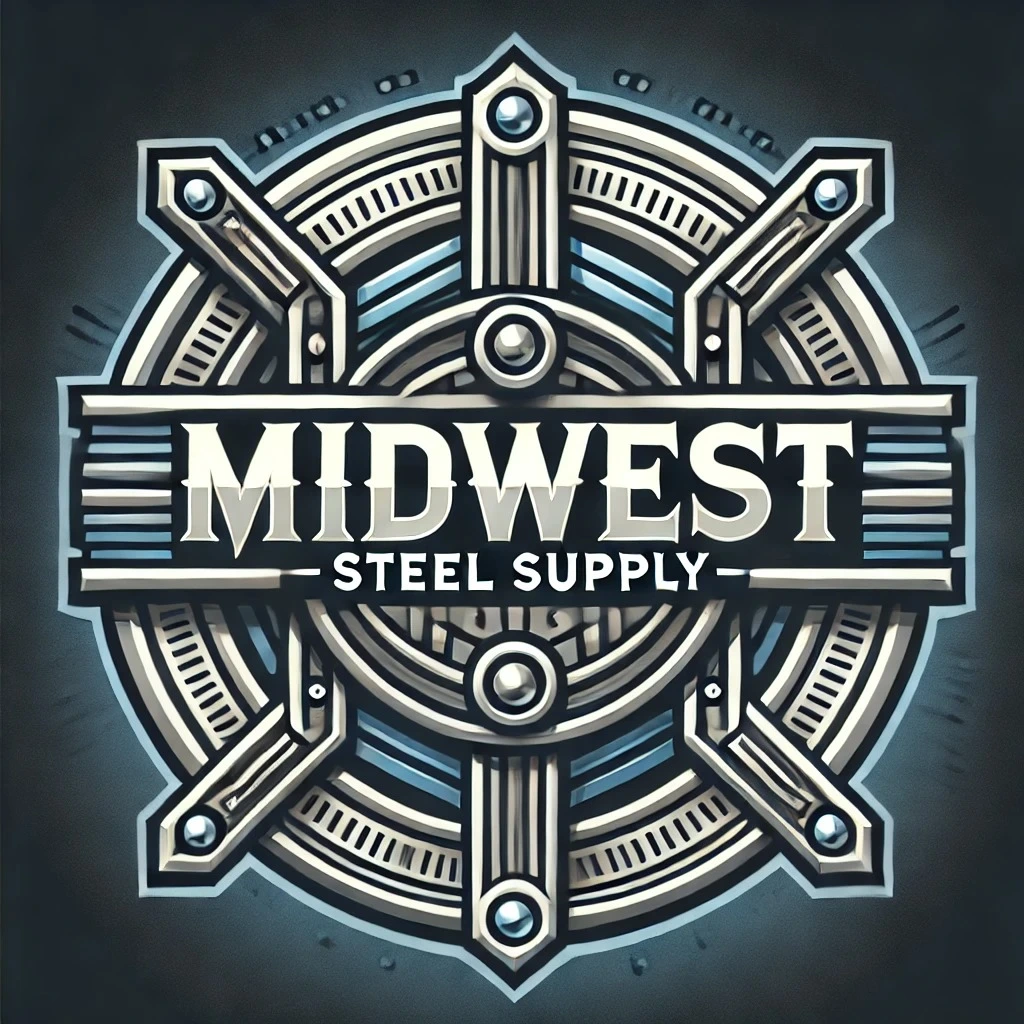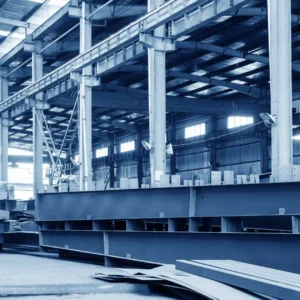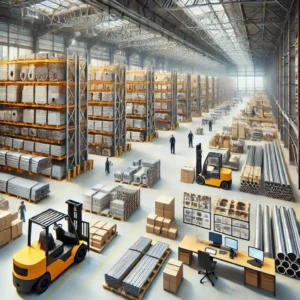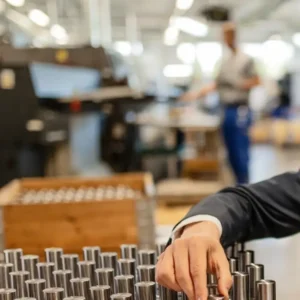Global Steel Industry Trends in 2025: A Stronger, Smarter Future

Global Steel Demand Soars in 2025
In 2025, the global steel industry is witnessing a powerful rebound. Driven by infrastructure expansion, green energy, and innovation, steel remains the backbone of modern economies. Demand is surging across Asia, Europe, and North America.
Emerging economies like India and Vietnam are investing heavily in construction and transportation. As a result, demand for high-grade steel is higher than ever. In contrast, traditional markets are shifting focus to green steel solutions.
Sustainable Steel Takes Center Stage
Sustainability is no longer optional. Steelmakers are now investing in carbon-neutral production. Companies are adopting electric arc furnaces (EAFs) and hydrogen-based processes to cut emissions.
The European Union’s Carbon Border Adjustment Mechanism (CBAM) is pressuring global players to meet emission standards. This regulation is transforming supply chains and boosting cleaner alternatives.
Major players like ArcelorMittal, Tata Steel, and POSCO are leading the charge. They’re rolling out low-carbon steel and committing to net-zero goals by 2050 or earlier.
Digitalization Drives Efficiency
Digital transformation in steel is more than a trend in 2025—it’s a necessity. AI and IoT technologies are revolutionizing production. Predictive maintenance, real-time monitoring, and automation are now standard.
Smart factories reduce waste, cut costs, and improve safety. AI-driven demand forecasting ensures steady supply with minimal inventory risk. This digital edge is giving competitive advantage to agile steel producers.
Scrap Steel and Circular Economy on the Rise
Recycled steel is making waves. The push for a circular economy has made scrap steel highly valuable. In 2025, scrap-based steel production is expected to grow by 15% globally.
Governments are also promoting recycling with incentives and tax benefits. Consumers and businesses alike are demanding sustainable sourcing. This shift is reshaping how steel is collected, processed, and reused.
Construction Sector Fuels Growth
Steel demand in construction is booming. Urban expansion, especially in Asia and Africa, is fueling massive infrastructure projects. Modular steel buildings, smart cities, and green housing are setting new standards.
Steel’s strength, flexibility, and durability make it the top choice for modern architects. With lightweight and high-strength variants, construction companies are pushing limits in design and performance.
Automotive and EV Industry Reshape Requirements
The automotive sector continues to evolve. Electric vehicle (EV) manufacturers are seeking lighter yet stronger materials. Steelmakers are responding with advanced high-strength steel (AHSS) solutions.
These materials reduce vehicle weight without compromising safety. As EV adoption accelerates, steel’s role in battery casing, frames, and components becomes vital.
Geopolitical Impacts on Steel Trade
Trade tensions and tariffs continue to influence the global steel landscape. The U.S. maintains strict policies on imported steel, focusing on domestic capacity. Meanwhile, China is restructuring its overcapacity issues.
These developments affect pricing, supply chains, and regional competitiveness. Strategic partnerships and free trade agreements are reshaping market access in 2025.
Smart Investment in Steel Stocks
Investors are eyeing steel companies with green commitments and tech-driven strategies. Stocks of firms prioritizing ESG goals and automation are outperforming peers.
In 2025, steel investment is not just about capacity—it’s about innovation, sustainability, and long-term value. Diversified portfolios now favor producers aligned with global decarbonization goals.
Conclusion: Steel in 2025 is Stronger, Smarter, and Greener
The steel industry in 2025 stands transformed. It is greener, smarter, and more adaptive. With clean technology, recycled materials, and digital integration, steel remains the material of progress.
Industries across the world still depend on steel. From buildings to cars, and from power grids to railways, its role remains irreplaceable. The future of steel is not only about quantity—but quality, sustainability, and innovation.






